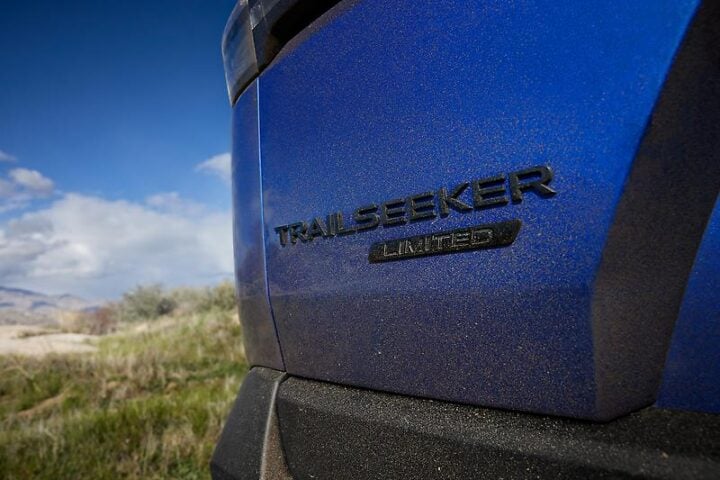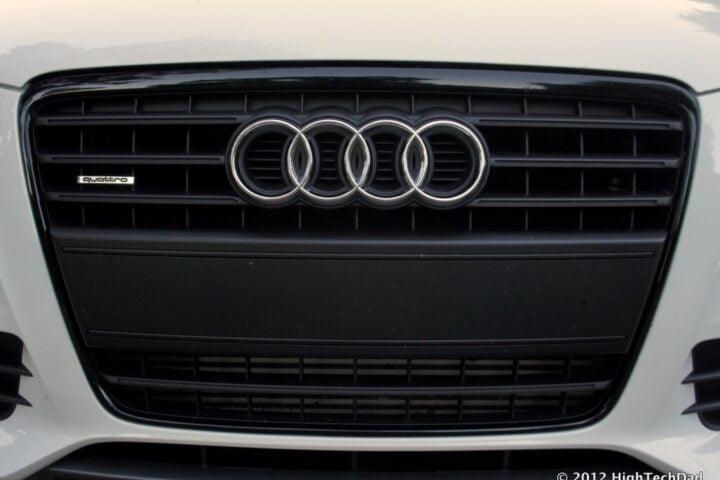On the 19th of June 2023, NASA’s X-59 aircraft was successfully advanced from its construction site to the flight line at the Lockheed Martin Skunk Works in Palmdale, California, marking a crucial milestone towards its first flight. As NASA’s central and main Quesst mission, the X-59 is set to demonstrate supersonic speeds, breaking Mach 1 while reducing the traditionally loud sonic boom to a quiet sonic thump. With a unique design with sleek, sharp edges and a long, pointed nose, the X-59 aircraft is now closer than ever to the runway, preparing for rigorous ground tests.

Along with these tests, the X-59 will embark on flights over various communities to gather valuable data on human reactions to its unique sonic thump instead of the traditional sonic. The gathered data will be of great value to U.S. and international regulators, potentially paving the way for the future of commercial supersonic flight over land. Equipped with a single jet engine developed by General Electric Aviation, the X-59 boasts a size of 99.7 feet in length and 29.5 feet in width and is capable of reaching Mach 1.4 or 925 mph at an altitude of 55,000 feet. A comparison between the X-59 and its predecessors highlights a significant difference: while traditional supersonic flights could rattle windows, the X-59 is expected to produce a gentle thump similar to a car door slamming nearby. Equipped with a single jet engine developed by General Electric Aviation, the X-59 boasts a size of 99.7 feet in length and 29.5 feet in width and can reach Mach 1.4 or 925 mph at an altitude of 55,000 feet. The aircraft’s capabilities hint at a revolutionary change in commercial air travel, potentially leading to new sound-based rules regarding supersonic flight over land. As it is NASA’s experimental supersonic plane, the X-59 could cut travel times dramatically, completing a standard 15-hour flight in just 39 minutes, and a 22-hour flight in a mere two hours.

The first flight is scheduled over U.S. cities scheduled for 2024, NASA will gather responses from residents regarding the X-59’s sound, contributing to the project’s research data. Reflecting on the Concorde’s legacy, NASA’s X-59 offers a fresh take on supersonic flight, tackling the challenges that led to the Concorde’s downfall, such as high operational costs and excessive noise. The Quesst mission is set to wrap up in 2027, at which point the collected data will be shared with American and international regulators. The sonic boom, typically associated with supersonic flights, has been a significant issue due to its startling volume and potential for causing physical damage, such as shattering glass. With the Quiet Supersonic Technology being added onto the X-59, the traditionally disruptive sonic boom will be minimized to a more tolerable sonic thump.
Similar Post
By 2033, flights from London to Sydney, currently taking 22 hours, could be completed in just two hours with technology like that of the X-59, according to the Civil Aviation Authority of Britain. Suborbital flights, similar to those pioneered by Blue Origin and Virgin Galactic, demonstrate the astounding potential of supersonic air travel, with trips like New York to Shanghai, currently 15 hours long, taking a mere 39 minutes. With the X-59, supersonic air travel can become more socially acceptable, thanks to its quiet sonic thump. This significant innovation in minimizing sound impact could open doors for a new era of supersonic travel, no longer limited to over-water routes.

The X-59, often referred to as the ‘Son of Concorde,’ is a symbol of the resurrection of supersonic travel, with the promise of a significantly quieter and more efficient aircraft. Combining groundbreaking technology with the lessons learned from previous generations of supersonic aircraft, the X-59 stands on the verge of a new chapter in air travel. With the X-59’s promising prospects, the global aviation industry is poised for a seismic shift, potentially redefining the concept of long-haul flights and revolutionizing air travel as we know it.


















